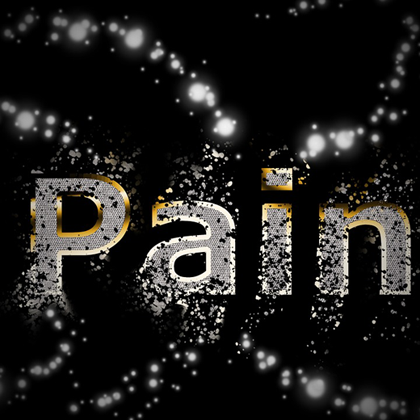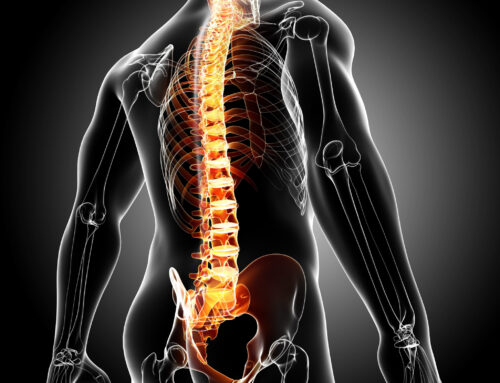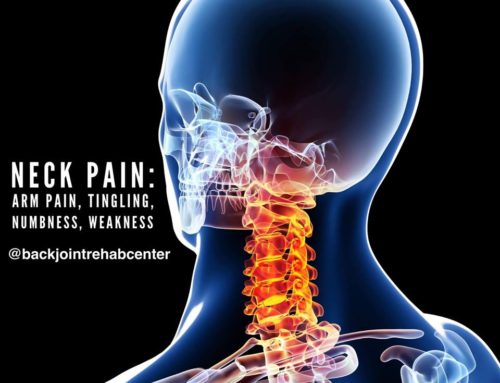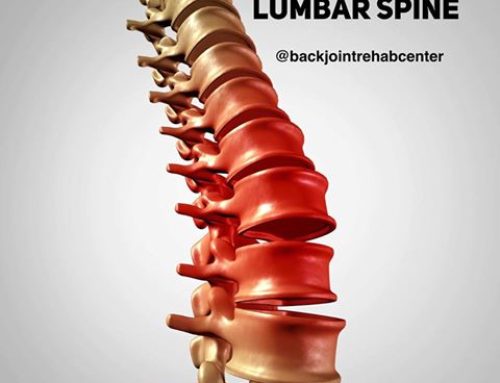 Part 4
Part 4
We hope you are enjoying this series of information regarding low back pain. If you would like to receive our monthly newsletter, please subscribe by visiting our website and subscribe to our YouTube channel – where we post exercise videos and health tips.
In the 4th part of the 5 part series, we discuss sciatica and importance of finding the appropriate treatment. Sciatica is described as pain that travels down the same path as the sciatic nerve, which branches from your low back into your hips, buttocks, and down each leg. Usually, sciatica affects only one leg, but in more severe cases it radiates pain into both legs or alternating legs.
Thus far, we have presented 3 parts of the 5 part series “5 Things your Doctor doesn’t tell you about Back Pain”
Click to Read Part 1 Disc Bulge, Protrusions, Herniation(s) are Extremely Common
Click to Read Part 2 Not All Lumbar Disc Bulges, Protrusions, Herniation(s) Require Surgery
Click to Read Part 3 Everyone has Some Form of Degenerative Disc Disease, Spinal Degeneration
-
The Truth about Sciatica– You May Need Pain Medication, Rehab, or Both.
Irritation or compression of the sciatic nerve results in inflammation, pain, numbness, or weakness in the affected leg. Common reasons why the sciatic nerve is affected is because of a herniated disc, bone spurs, or spinal stenosis (narrowing of the holes where nerves leave the spine to form the sciatic nerve). The pain associated with sciatica can be severe and most cases can be resolved with non-surgical treatments. Surgery is always a last resort, but in rare instances where there are changes in bowel or bladder function, or irreversible, rapidly progressing leg weakness, surgical treatment becomes first priority.
The pain and symptoms can vary widely, from mild to significant, dull to sharp, throbbing to burning, tingling to numbness, and weakness. Many activities can aggravate your sciatica from sitting, bending forward, walking, getting out of chair, and even when you cough or sneeze. Many characteristics of sciatic pain are important to immediately determine what type of treatment is best. In order to describe the treatment, a little background is necessary regarding terms of pain.
- Intensity of Pain: the level of pain one experiences on a level from mild to significant; many times pain scales (0-10) are used to identify the intensity of pain
- Frequency of Pain: this is defined by how often the pain is present, either constant or intermittent
- Constant Pain: refers to pain being present every hour, every minute, every second, regardless of the intensity of pain, activity, or time of day; pain is present 100% of the day
- Intermittent Pain: refers to pain that comes and goes; there is a moment in the day where no pain is present based on activity or time of day; intermittent pain can be present majority of the day, but there is a small period of the day where you have no pain (for example, pain present only when walking, sitting, but no pain while lying down; pain can be present for 1%, 25%, 50%, 75% or 99% of the day)
- Mechanical Pain: pain that is produced or increased due to movement or postures
- Chemical Pain: pain that is associated with inflammation and inflammatory disorders
The most effective treatment for sciatic pain will depend on the variables mentioned above which describe the stage of sciatica. Because it is already determined that sciatica is the “what hurts”. The next step is determining “why does it hurt”.
Using the information, treatment can lead to pain medication if the pain mechanism is chemically induced and is significantly intolerable. While the chemical pain mechanism has been addressed with using pain medication, the physical component as to what caused the irritation to the sciatic nerve has not been addressed. In these cases, mechanical therapy is utilized as the most effective treatment method.
Mechanical Therapy is therapy designed to move, load, and position the joints through various exercises and postures to reduce irritation of sciatica. It is very specific to the individual reflecting their ability to move, range of motion, and directional preference.
In severe cases of sciatica, a combination of both treatments is most effective, especially when the pain is intolerable and constant. Non-surgical forms of treatment are mainly used remedy sciatica, but surgery is also an option—an irreversible option. While Mechanical Therapy is best in most cases, sciatica that rapidly worsens or demonstrates no change after a period of conservative treatment has been administered, surgery becomes a more viable option.
Choosing the best treatment starts with choosing the right doctor.
If you have been diagnosed with sciatica or are experiencing shooting pain, call now. We can help.
We are dedicated to get you better through movement.
FOR APPOINTMENTS, CALL (219) 310-8822
Dr. Artemio Del Real DC, Cert. MDT. October 2016





